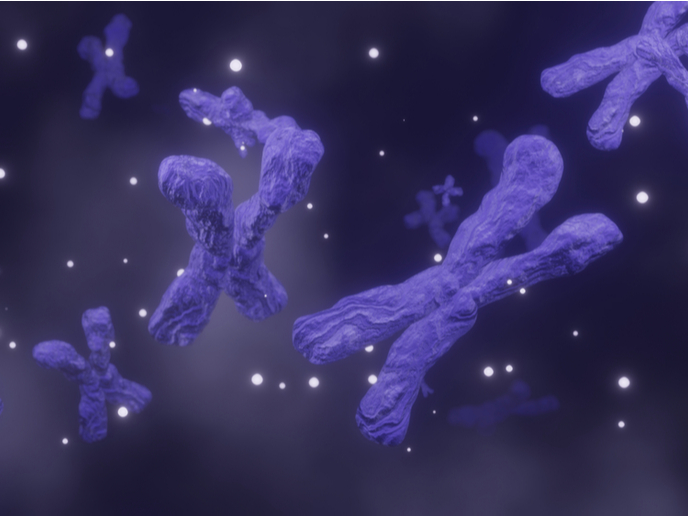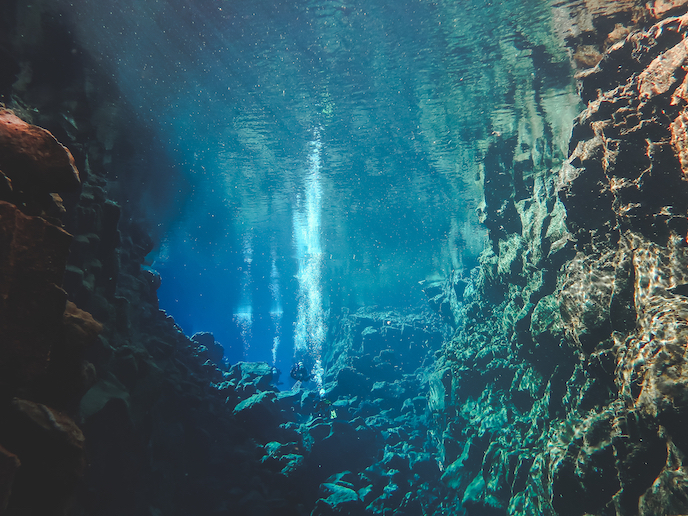Putting Earth under the microscope through community science
Cutting-edge research into the materials that make up our planet is critical to ensuring a safe and sustainable future for all. This work can help us to better understand phenomena such as earthquakes, identify potential threats posed by mineral extraction, and lead to possible solutions to storing carbon dioxide safely below the surface. “We only have one Earth, which is why we need to understand the materials we stand on every day,” says EXCITE co-coordinator Oliver Plümper, an associate professor of Geosciences at Utrecht University in the Netherlands.
Connecting researchers across Europe
The EXCITE project sought to support excellence in Earth materials research, through providing scientists with easy and open access to the equipment and data they need. To achieve this, the project brought together 15 European institutions, all with high-end electron or X-ray microscopy facilities. Many scientists don’t have the technology they need at their own institution, or access to funding to make use of existing facilities. The EXCITE research infrastructure is designed to make equipment more accessible to early-career Earth sciences researchers, as well as to more experienced researchers. “The idea is that this network will help researchers to answer any question related to Earth materials,” explains Plümper. “This might be a fundamental question, such as: ‘Why is this rock the way it is?’ to more practical questions such as: ‘Is this rock a good storage medium for hydrogen?’” An important element of the network is that each partner institution brings specific competences and strengths, which, when pooled together, will improve the quality of research. Awareness-raising workshops focused on the potential of the network have also been held. “Some researchers are focused on microscopy at the nanoscale, while others are interested in using 3D microscopy for larger things,” adds Plümper. “This research infrastructure makes correlative imaging possible, through using different techniques.”
Enabling access to technology
The EXCITE project, which is due for completion in April 2024, has already helped scores of researchers to access the technology and data they need. “This work has been multifaceted, from research on the evolution of mammals on Earth to topics focusing on the energy transition and climate change,” explains Plümper. The project team also developed a number of new tools, one of which is a publicly available machine learning model for data analysis. “The network also provides a platform for new users to discuss results and find the help they need,” says project coordinator Veerle Cnudde, affiliated to both Utrecht University, the Netherlands and Ghent University, Belgium. “For those who might not have used this microscopy technology before, it opens up the world, and shows what is possible.”
Sustaining an Earth sciences ecosystem
The project has sparked a great deal of interest within the Earth sciences community. “The EXCITE community has been extremely busy over the past two and a half years, which shows there was a real need for this research space,” remarks Plümper. Funding for a follow-up project has already been secured. This will continue the infrastructure-building work, and the EXCITE consortium will also put a key focus on data analysis. “While collecting data can be quick, researchers often find they don’t have the computational infrastructure they need,” Plümper notes. Overall, the EXCITE project team is delighted with the results achieved to date. “Everyone involved sees the benefits of this research infrastructure to the community,” adds Cnudde. “We are convinced that this is the only way to move forward – by joining forces, and seeing how we can help each other out.”
Keywords
EXCITE, Earth, microscopy, X-ray, electron, earthquakes, carbon dioxide







